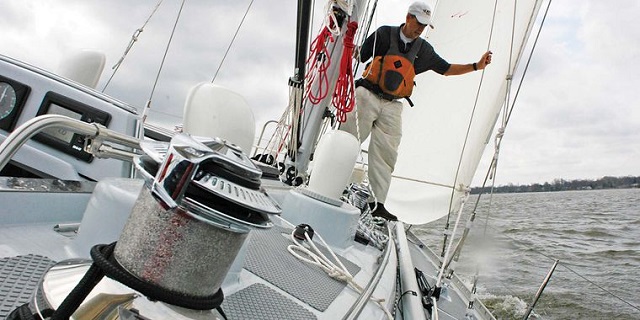 |
| Source: cruisingworld.com |
Would you go back to using rope for rigging? It’s how it was originally done before stainless steel wire rope took over. Trends change. There is a push toward using low stretch and ultra strong synthetic ropes like Dyneema and Spectra for sailboat rigging.
But don’t ditch your metal hardware just yet. Even if new ropes with chafe resistant covers (or sacrificial lines) put metal cables into sailing history, all those marine grade hardware pieces placed on the deck are here to stay.
The Mast
 |
| Source: medium.com |
There are many types of sailboats, and the most prevalent monohull designs are sloop, cutter, ketch or schooner. Of course, every decade or so, a new style of watercraft becomes popular and new materials are introduced at slightly slower pace as well. On top of that, seafarers develop their own sail plan, and depending on it, exact configurations may vary.
Ship chandlery and the mast, however are a constant. If you want to use sail power to move ahead, then the mast has to stay upright and functional. High winds and g-forces can dismast your vessel. While a boat without a mast is still seaworthy, not having one means that your options are very limited. And dismasted sailboat in off-shore waters is practically very close to being disabled and drifting.
The standing rigging is there to ensure your mast stays upright. It’s fixed in position and holds tension between the deck and the mast. Keeping the rigging lines on a modern sailboat in place is unimaginable without high grade boat chandlery. These pieces of stainless steel boat hardware are indispensable.
Running rigging is used for management of the sails. It controls the shape, orientation and position of a sail. This part of the rigging was always done with cordage, though, nowadays the lines are mostly synthetic and braided by more sophisticated machines.
Deck Hardware
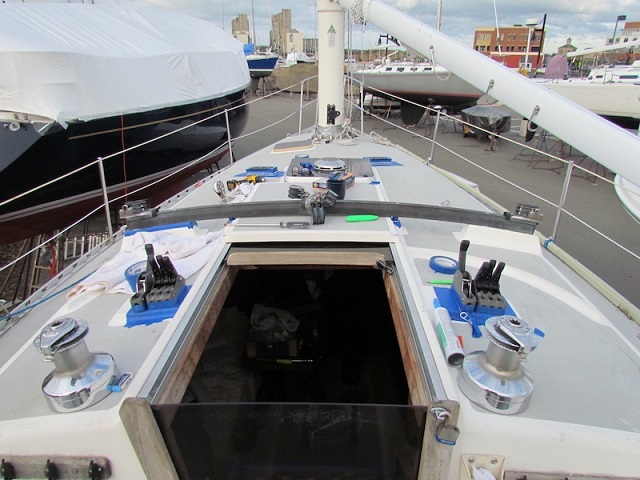 |
| Source: tidallife.com |
Thru bolting is the best way to install deck hardware. The alternative, or screwing just about anything to the deck, is not recommended. When you come across strong winds you will not only lose the item you thought you secured, but there will also be a dent to remind you of the blunder. To do it properly, you need to drill a hole that goes all the way through the mounting surface. The nuts and bolts have to be secured with a washer and a nut below deck.
Cleats
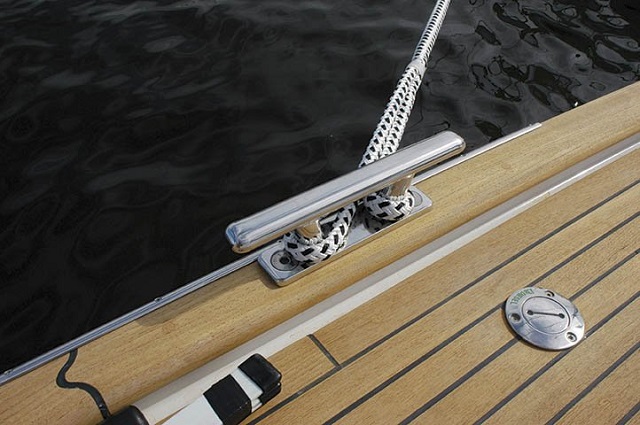 |
| Source: practical-sailor.com |
Architectural Hardware
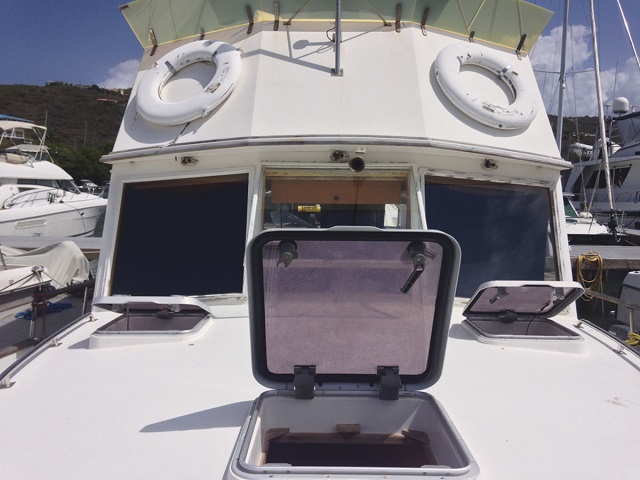 |
| Source: powerandmotoryacht.com |
Multitude of latches and hatches for marine windows and openings keep your cabin watertight. You can employ all the fancy sealants in the world, but if the quality of your gas struts is not top notch you will experience leaks. This is an issue that should be resolved as soon as possible. It doesn’t threaten the seaworthiness of your vessel, not directly. However ingress of water is detrimental for every structure, as you may know from your permanent residence. Failing to address the leaks will potentially ruin the interior too.
Railings
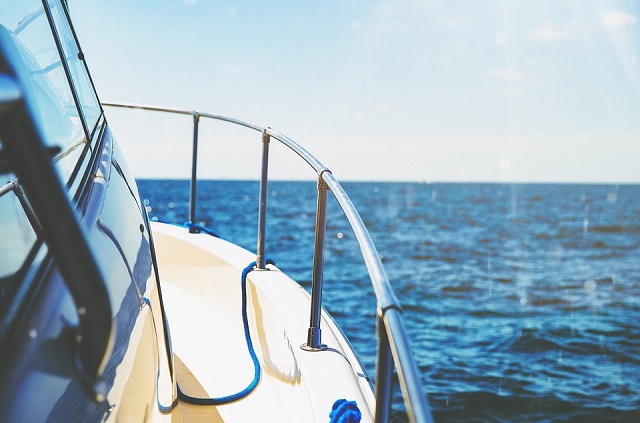 |
| Source: pixabay.com |
Learn Your Knots and Splices
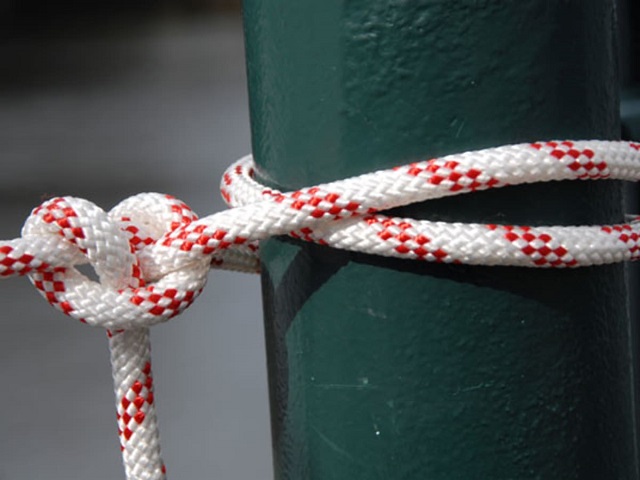 |
| Source: sailmagazine.com |
In the meantime you can certainly invest in learning a new knot or a splice. It can serve you to devise a make shift solution that will take you to shore if your rigging fail you mid passage. And ask experienced sailors – these kind of issues always arise when you are far from shore. It’s not always fair winds and following seas.
This content is very very great content, I got really good information from this content and it helps me a lot, I hope it can help many people like me.
ReplyDeletehospital vinyl Flooring dubai